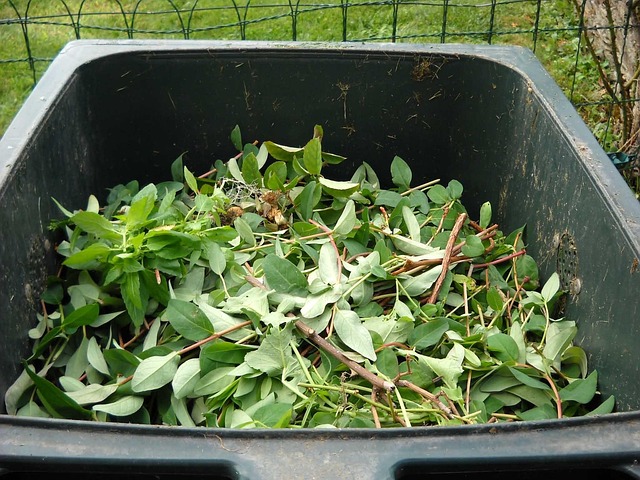In the concrete jungles we call cities, the emergence of urban green innovative solutions is transforming the way we interact with our environment. Urban gardens are no longer mere patches of green; they are becoming vital components of sustainable city living. As urban populations surge, these innovative gardening techniques offer a fresh breath of fresh air, purifying our environment while providing food and beauty.
The challenges of city life often lead to a disconnection from nature. However, urban gardening initiatives aim to bridge this gap. By incorporating eco-friendly practices such as vertical gardens, rooftop farms, and community composting, we create vibrant spaces that foster both connection to nature and sustainability. These green spaces not only beautify our surroundings but also improve air quality, lower urban heat, and enhance overall well-being.
One of the most exciting developments in urban gardening is the use of hydroponics and aquaponics. These soil-less methods require less water than traditional gardening and can be implemented in small spaces, making them perfect for apartments or urban backyards. By growing plants without soil, we can produce healthy, organic food right in the heart of the city, reducing carbon footprints associated with transportation and packaging.
Additionally, community gardens are gaining popularity as a way for neighbors to come together, cultivating relationships as they cultivate the land. These communal spaces not only provide fresh produce but also educate members on sustainable practices, seasons, and the cycles of nature. They encourage a sense of community while promoting biodiversity and the preservation of native plant species.
Innovative solutions also extend to utilizing native plants in urban gardens. By choosing plants that are well-suited to their local environment, urban gardeners can drastically reduce water usage and maintenance costs. Native plants are more resilient, support local wildlife, and provide necessary habitats, contributing to a balanced ecosystem within urban settings.
Another noteworthy trend is the increase in green roofs, which combat heat islands, absorb rainfall, and promote biodiversity. These lush installations provide homes for various species, creating microhabitats in an urban setting. Not only do they absorb carbon dioxide, but green roofs also provide insulation, lowering energy costs and regulating temperatures in buildings.
Incorporating technology into urban gardening practices enhances productivity and reduces waste. Smart gardening tools, such as automated irrigation systems and apps that monitor plant health, allow urban gardeners to optimize their practices while conserving resources. The integration of technology and nature fosters an innovative approach to growing food and making our cities more sustainable.
It’s essential to recognize the movement of urban green innovative solutions as a vital response to modern issues. They empower communities to take charge of their food systems while reconnecting with nature. By making sustainable choices, cultivating urban gardens, and leveraging innovation, we can pave the way for a greener, healthier future.




